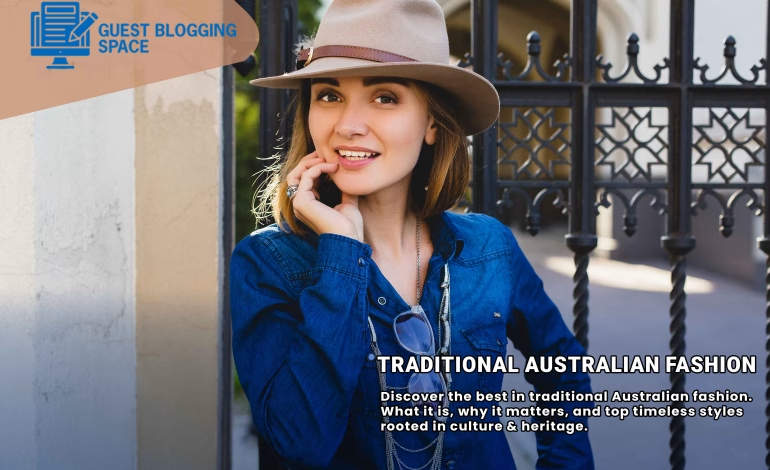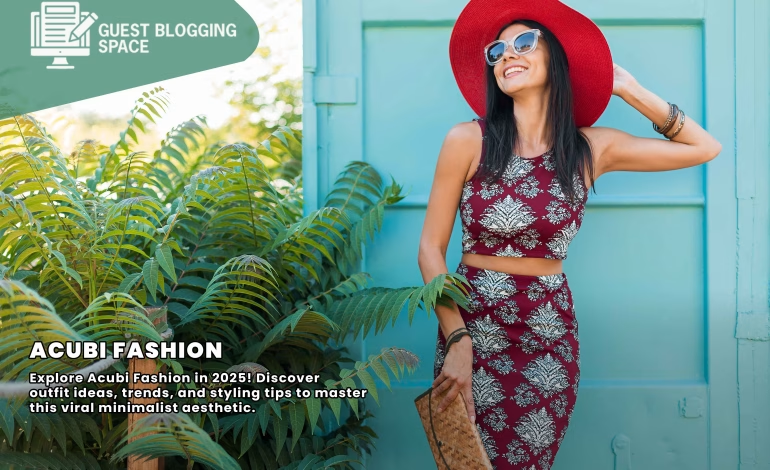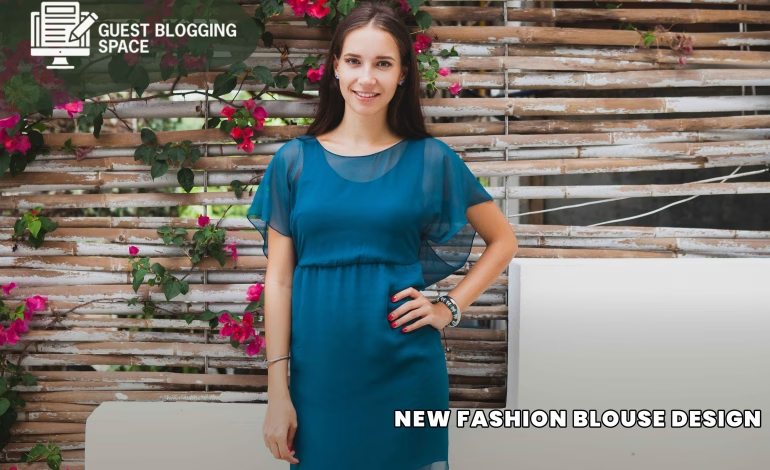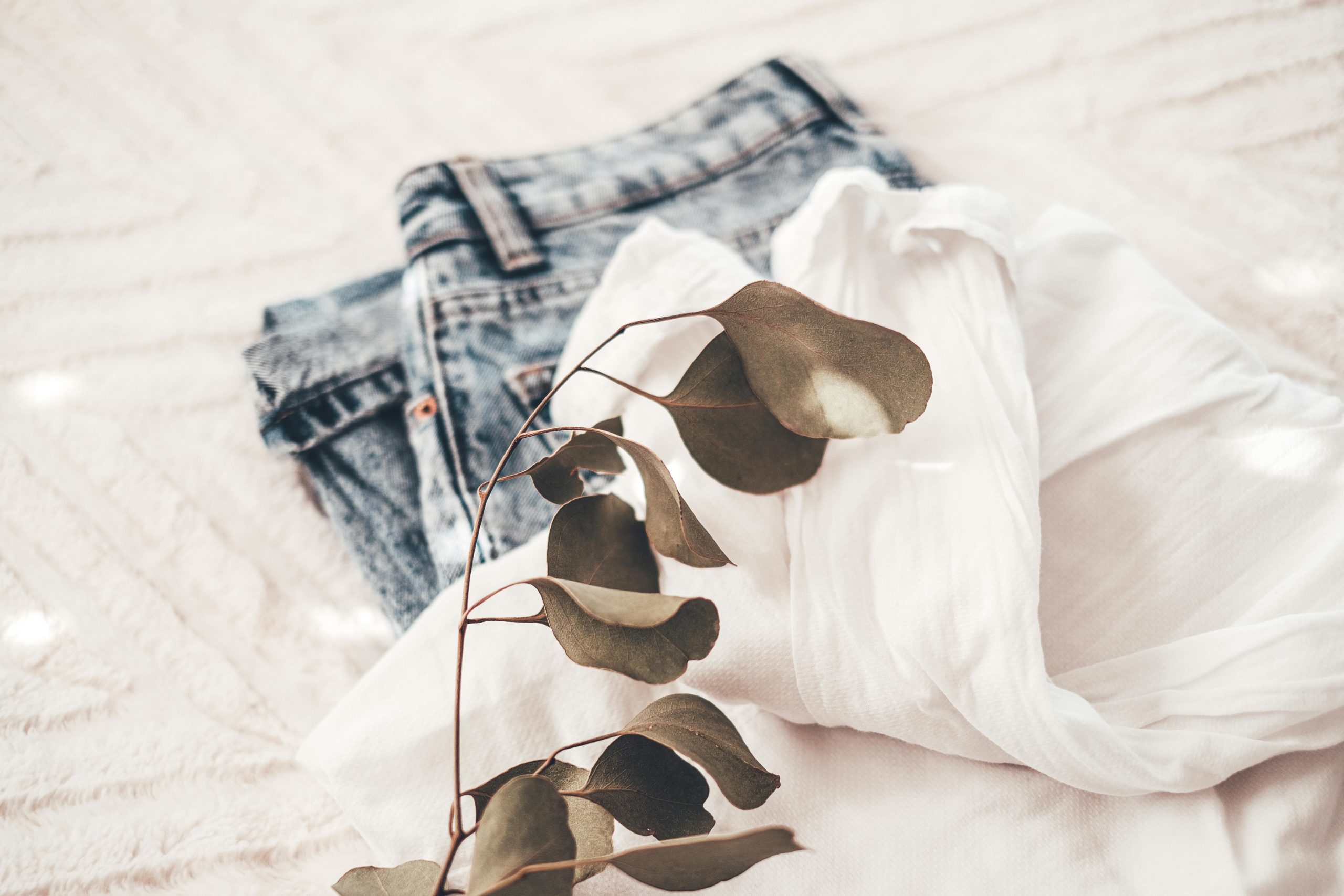Top Traditional Australian Fashion Styles: What They Are & Why They Matter

Traditional Australian fashion represents a fascinating blend of indigenous heritage, colonial influences, and practical bush wear that has evolved into iconic styles recognized worldwide. This unique fashion landscape tells the story of a nation shaped by diverse cultures, harsh climates, and pioneering spirit. Understanding traditional Australian fashion means exploring everything from Aboriginal ceremonial dress to station wear that defined the outback lifestyle. Moreover, these timeless pieces continue to influence contemporary Australian designers and international fashion trends.
The roots of Australian fashion stretch back thousands of years, beginning with Indigenous Australian clothing traditions that were both functional and deeply spiritual. Today’s traditional Australian fashion encompasses this rich tapestry of influences, creating distinctive styles that reflect the continent’s unique identity and environmental demands.
Historical Foundations of Traditional Australian Fashion
Indigenous Australian Clothing Heritage
Aboriginal and Torres Strait Islander peoples developed sophisticated clothing systems long before European settlement, establishing the earliest foundations of traditional Australian fashion. These garments were crafted from native materials including kangaroo skin, possum fur, and plant fibers that provided essential protection against Australia’s varied climates. Additionally, ceremonial dress incorporated intricate body painting, feathers, and carved ornaments that held deep cultural significance and storytelling traditions.
The practical aspects of indigenous clothing demonstrated remarkable ingenuity in material use and construction techniques. Furthermore, seasonal variations in dress reflected the intimate knowledge of local environments and weather patterns. Traditional cloaks, known as possum skin cloaks, featured intricate designs that mapped family histories and territorial boundaries across generations.
Colonial Influences and Adaptations
European settlement in 1788 brought dramatic changes to traditional Australian fashion, introducing new fabrics, tailoring methods, and style preferences from Britain and Ireland. However, the harsh Australian climate and rugged terrain quickly necessitated adaptations to European dress codes and materials. Consequently, settlers began modifying their clothing to better suit local conditions while maintaining familiar silhouettes and social conventions.
The merging of European and local influences created distinctive hybrid styles that would become hallmarks of traditional Australian fashion. Additionally, the isolation from European fashion centers encouraged local innovation and the development of uniquely Australian approaches to dress. This period established the foundation for practical, weather-appropriate clothing that prioritized function alongside form.
Iconic Elements of Traditional Australian Fashion
The Akubra Hat: Symbol of Australian Identity
The Akubra hat stands as perhaps the most recognizable symbol of traditional Australian fashion, embodying the spirit of the Australian bush and rural lifestyle. Originally designed for practical sun protection and weather resistance, the Akubra became synonymous with Australian identity both domestically and internationally. Moreover, its distinctive shape and durable construction made it indispensable for farmers, stockmen, and outdoor workers across the continent.
The cultural significance of the Akubra extends far beyond its practical applications, representing independence, resilience, and connection to the land. Furthermore, different crown shapes and brim styles developed regional variations that reflected local preferences and working conditions. Today, the Akubra remains a cornerstone of traditional Australian fashion, worn by everyone from rural workers to urban fashion enthusiasts.
Moleskin Trousers and Bush Clothing
Moleskin trousers represent another fundamental element of traditional Australian fashion, originally designed to withstand the demanding conditions of bush work and outdoor labor. These heavy cotton trousers featured reinforced knees, deep pockets, and durable construction that could endure thorns, heat, and constant wear. Additionally, their practical design influenced generations of workwear that prioritized durability and functionality over fashion trends.
The evolution of bush clothing demonstrated the practical innovation that characterizes traditional Australian fashion throughout its development. Subsequently, items like oilskin coats, elastic-sided boots, and flannel shirts became standard components of the Australian wardrobe. These garments reflected the needs of a population engaged in agriculture, mining, and frontier life where clothing had to perform under extreme conditions.
The Driza-Bone: Weatherproof Innovation
The Driza-Bone oilskin coat emerged as an essential piece of traditional Australian fashion, providing waterproof protection for riders and outdoor workers. This innovative garment combined practical design with distinctive styling that became instantly recognizable as quintessentially Australian. Furthermore, its long length and riding-friendly cut made it ideal for horseback work while maintaining weather protection.
The technical innovation behind the Driza-Bone reflected the Australian approach to traditional fashion that prioritized performance alongside style. Moreover, its distinctive silhouette influenced rainwear design globally and established Australia’s reputation for functional outdoor clothing. The coat’s enduring popularity demonstrates how traditional Australian fashion successfully balances practicality with iconic style.
Regional Variations in Traditional Australian Fashion
Outback and Rural Styles
Traditional Australian fashion varies significantly across different regions, with outback and rural areas developing distinctive styles suited to their specific environments and activities. The harsh conditions of the Australian interior demanded clothing that could protect against extreme heat, dust storms, and thorny vegetation. Consequently, outback fashion emphasized heavy fabrics, protective coverage, and practical accessories like wide-brimmed hats and sturdy boots.
Rural communities developed their own interpretations of traditional Australian fashion that reflected local industries and social customs. These regional variations contributed to the rich diversity within traditional Australian fashion while maintaining common threads of practicality and durability.
Urban Adaptations of Traditional Styles
Cities and towns adapted traditional Australian fashion elements to suit more formal social settings while retaining distinctive Australian characteristics. Urban interpretations often refined rural styles through better tailoring, finer materials, and more structured silhouettes that met social expectations. Nevertheless, key elements like elastic-sided boots and bush hats remained popular across urban and rural communities.
The adaptation process demonstrated how traditional Australian fashion could evolve while maintaining its essential character and cultural significance. Furthermore, urban fashion centers like Melbourne and Sydney began developing their own interpretations of Australian style that influenced national trends. This urban-rural exchange enriched the tradition and ensured its continued relevance across different social contexts.
Materials and Craftsmanship in Traditional Australian Fashion
Native Materials and Innovations
Traditional Australian fashion has always emphasized the use of local materials that were well-suited to the continent’s unique environmental conditions. Kangaroo leather became prized for its strength and flexibility, making it ideal for boots, belts, and protective gear. Additionally, sheep wool from Australia’s vast pastoral industry provided excellent insulation and weather resistance for clothing production.
The innovative use of native materials demonstrated the resourcefulness that characterizes traditional Australian fashion throughout its development. Moreover, techniques for treating and working these materials evolved to create distinctive textures and finishes that became signatures of Australian craftsmanship. This emphasis on local materials also supported domestic industries and created employment opportunities in rural communities.
Traditional Construction Techniques
The construction methods used in traditional Australian fashion prioritized durability and repairability over mass production efficiency. Hand-stitching, reinforced seams, and quality hardware ensured that garments could withstand years of hard use in demanding conditions. Subsequently, these construction standards became benchmarks for quality that influenced Australian manufacturing practices across various industries.
Craftsmanship traditions passed down through generations maintained high standards for traditional Australian fashion even as industrial production methods became available. Furthermore, the emphasis on quality construction created a culture of clothing care and repair that extended garment lifespans significantly. This approach to manufacturing established Australia’s reputation for producing reliable, long-lasting clothing and accessories.
Traditional Australian Fashion in Contemporary Context
Modern Interpretations and Revivals
Contemporary designers continue to draw inspiration from traditional Australian fashion, creating modern interpretations that honor historical elements while meeting current style preferences. These revivals often focus on updating classic silhouettes with contemporary fits, premium materials, and refined construction techniques. Additionally, fashion brands recognize the marketing value of authentic Australian heritage in both domestic and international markets.
The resurgence of interest in traditional Australian fashion reflects broader trends toward sustainable, locally-made clothing and authentic cultural expression. Moreover, younger generations appreciate the storytelling aspect of traditional garments and their connection to Australian identity and history. This renewed interest ensures that traditional Australian fashion remains relevant and continues to evolve with changing times.
Influence on International Fashion
Traditional Australian fashion has gained international recognition for its practical innovation and distinctive aesthetic that differs from European and American fashion traditions. Global brands have incorporated elements like elastic-sided boots, oilskin coats, and bush hats into their collections, often citing Australian heritage as inspiration.
The international influence of traditional Australian fashion demonstrates its universal appeal and practical value beyond its cultural origins. Additionally, this global recognition has encouraged Australian designers to continue developing their unique aesthetic while remaining true to traditional foundations. The export success of Australian fashion brands has also supported domestic manufacturing and employment in the fashion industry.
Preserving Traditional Australian Fashion Heritage
Museums and Collections
Preserving traditional Australian fashion requires dedicated efforts to collect, document, and display historical garments and accessories for future generations. Museums across Australia maintain extensive collections that showcase the evolution of traditional Australian fashion from indigenous origins through contemporary interpretations. These collections serve as valuable resources for researchers, designers, and the general public interested in Australian fashion history.
The documentation process involves cataloging construction techniques, materials, and cultural contexts that provide comprehensive understanding of traditional Australian fashion development. Moreover, preservation efforts include conservation work to maintain historical garments in viewable condition for museum displays and research purposes. These institutional efforts ensure that traditional Australian fashion knowledge remains accessible to future generations.
Educational Initiatives and Workshops
Educational programs play a crucial role in transmitting traditional Australian fashion knowledge and skills to new generations of craftspeople and designers. Workshops focusing on traditional construction techniques, material preparation, and design principles help maintain continuity in Australian fashion traditions. Additionally, apprenticeship programs connect experienced craftspeople with younger practitioners to ensure skill transfer and innovation continues.
The integration of traditional Australian fashion education into design curricula helps ensure that new generations understand and appreciate their fashion heritage. Furthermore, these educational efforts support the development of contemporary Australian fashion that maintains authentic connections to traditional foundations. Community workshops also engage the general public in understanding and appreciating traditional Australian fashion significance.
Economic Impact of Traditional Australian Fashion
Tourism and Cultural Industries
Traditional Australian fashion contributes significantly to Australia’s tourism industry by providing authentic cultural experiences and distinctive souvenirs for international visitors. Tourist shops across the country stock Akubra hats, oilskin coats, and other traditional items that allow visitors to take home genuine pieces of Australian culture. Moreover, fashion-focused tours and experiences showcase traditional Australian clothing in historical and contemporary contexts.
The cultural value of traditional Australian fashion extends beyond direct sales to encompass broader economic benefits through cultural tourism and heritage experiences. Additionally, international visitors often seek authentic Australian fashion items as memorable souvenirs that represent their travel experiences. This tourism demand supports local retailers, manufacturers, and craftspeople who specialize in traditional Australian fashion production.
Manufacturing and Employment
Traditional Australian fashion supports domestic manufacturing industries that prioritize quality craftsmanship and local materials over mass production efficiency. These manufacturers provide employment opportunities in regional areas where traditional skills remain strong and local materials are readily available. Furthermore, the premium pricing of authentic traditional Australian fashion items supports higher wages and better working conditions for skilled craftspeople.
The economic impact extends to supporting industries including leather working, wool processing, and accessory manufacturing that supply materials and components for traditional Australian fashion. Additionally, export markets for traditional Australian fashion items generate foreign currency earnings and promote Australian cultural identity internationally. This economic activity demonstrates the continuing viability and importance of traditional Australian fashion in the modern economy.
Frequently Asked Questions About Traditional Australian Fashion
What defines traditional Australian fashion?
Traditional Australian fashion encompasses indigenous clothing traditions, colonial adaptations, and practical bush wear that developed to suit Australia’s unique climate and lifestyle. Key elements include the Akubra hat, moleskin trousers, Driza-Bone coats, and elastic-sided boots that prioritize functionality alongside distinctive style. Additionally, traditional Australian fashion reflects the cultural heritage of Aboriginal peoples, European settlers, and the pioneering spirit of frontier life.
How did indigenous Australians influence traditional fashion?
Indigenous Australians established the earliest foundations of traditional Australian fashion through sophisticated clothing systems using native materials like kangaroo skin and possum fur. Their practical innovations in material use, construction techniques, and seasonal adaptations influenced later developments in Australian clothing design. Moreover, ceremonial dress traditions contributed artistic and cultural elements that remain significant in contemporary Australian fashion interpretation.
What makes Akubra hats so important to Australian fashion?
Akubra hats represent the most iconic symbol of traditional Australian fashion, embodying practical sun protection and cultural identity. Their durable construction, distinctive shape, and weather resistance made them indispensable for outdoor work while becoming synonymous with Australian character and independence. Furthermore, different regional styles and crown shapes reflect local preferences and working conditions across the continent.
Are Driza-Bone coats still relevant today?
Driza-Bone oilskin coats remain highly relevant in contemporary Australian fashion due to their superior weather protection and iconic styling. Modern versions incorporate updated materials and construction techniques while maintaining the classic silhouette that has become instantly recognizable worldwide. Additionally, their popularity among both rural workers and urban fashion enthusiasts demonstrates their continuing practical and cultural value.
How do regional differences affect traditional Australian fashion?
Regional variations in traditional Australian fashion reflect different environmental conditions, local industries, and cultural influences across Australia’s diverse landscapes. Outback styles emphasize heavy-duty protection against harsh conditions, while coastal areas developed lighter, more breathable adaptations of traditional elements. Moreover, urban interpretations refined rural styles through better tailoring and materials while maintaining distinctive Australian characteristics.
What materials are most important in traditional Australian fashion?
Traditional Australian fashion prioritizes native materials including kangaroo leather, merino wool, and cotton that are well-suited to local environmental conditions. These materials provide excellent durability, weather resistance, and comfort for the demanding Australian climate and lifestyle requirements. Additionally, the emphasis on local sourcing supports domestic industries and creates distinctive textures and finishes that characterize authentic Australian fashion.
How has traditional Australian fashion influenced international brands?
International fashion brands have incorporated elements of traditional Australian fashion including elastic-sided boots, oilskin coats, and bush-inspired styling into their global collections. This influence demonstrates the universal appeal of practical Australian innovations and distinctive aesthetic approaches that differ from European and American traditions. Furthermore, successful Australian fashion exports have elevated the international profile of traditional Australian styling and cultural heritage.
Can traditional Australian fashion be considered sustainable?
Traditional Australian fashion exemplifies sustainable practices through its emphasis on durable construction, quality materials, and repairable design that extends garment lifespans significantly. The use of local materials reduces transportation impacts while supporting domestic industries and employment opportunities. Moreover, the cultural value and timeless styling of traditional pieces encourages long-term ownership rather than frequent replacement based on fashion trends.
The Role of Museums in Protecting Traditional Australian Fashion
Museums across Australia maintain extensive collections that document, preserve, and display traditional Australian fashion for research, education, and public appreciation. These institutions catalog construction techniques, materials, and cultural contexts that provide comprehensive understanding of fashion development and significance.
How can people learn traditional Australian fashion skills?
Educational programs, workshops, and apprenticeships provide opportunities to learn traditional Australian fashion construction techniques, material preparation, and design principles from experienced craftspeople. Design schools increasingly incorporate traditional Australian fashion elements into their curricula to ensure cultural continuity and authentic development. Conservation efforts play a crucial role in ensuring historical garments remain preserved, viewable, and accessible for future generations to study and appreciate.
What economic impact does traditional Australian fashion have?
Traditional Australian fashion contributes significantly to tourism revenue through authentic cultural experiences and distinctive souvenirs that international visitors seek as memorable representations of Australian culture. Manufacturing and employment benefits support regional communities where traditional skills remain strong and local materials are readily available. Moreover, export markets generate foreign currency earnings while promoting Australian cultural identity and craftsmanship internationally.
How do modern designers incorporate traditional Australian elements?
Contemporary designers draw inspiration from traditional Australian fashion by updating classic silhouettes with modern fits, premium materials, and refined construction techniques while honoring historical significance. These modern interpretations balance authentic cultural elements with current style preferences and market demands for sustainable, locally-made clothing. Additionally, successful integration of traditional elements helps maintain cultural continuity while ensuring continued relevance and evolution.
Is traditional Australian fashion only for rural communities?
Traditional Australian fashion elements have been successfully adapted for urban settings through refined tailoring, better materials, and more structured silhouettes that meet social expectations while maintaining distinctive Australian characteristics. City dwellers appreciate both the practical benefits and cultural significance of traditional items like elastic-sided boots and bush hats in contemporary contexts. Furthermore, the versatility of traditional Australian fashion allows it to transition effectively between rural and urban environments.
What future trends might affect traditional Australian fashion?
Future trends in traditional Australian fashion likely include increased emphasis on sustainable materials, ethical manufacturing practices, and cultural authenticity as consumers become more conscious of environmental and social impacts. Technology integration may improve traditional construction techniques while maintaining artisanal quality and cultural significance. Moreover, growing international interest in authentic cultural fashion experiences suggests continued expansion of traditional Australian fashion influence and market opportunities.
The Global Recognition of Traditional Australian Fashion
International Fashion Weeks and Exhibitions
Traditional Australian fashion has gained significant recognition at international fashion weeks and cultural exhibitions worldwide, showcasing the unique aesthetic and practical innovations that define Australian style. Major fashion capitals including Paris, Milan, and New York have featured Australian designers who draw heavily from traditional Australian fashion elements in their contemporary collections. Additionally, cultural exhibitions in museums across Europe, Asia, and North America regularly highlight the distinctive characteristics of traditional Australian clothing and its influence on global fashion trends.
The presentation of traditional Australian fashion on international stages demonstrates its universal appeal and cultural significance beyond national boundaries. Furthermore, these exhibitions provide valuable opportunities for cultural exchange and education about Australia’s unique fashion heritage and indigenous traditions. The positive reception of traditional Australian fashion internationally has encouraged greater investment in preserving and promoting these cultural assets both domestically and abroad.
Celebrity Endorsements and Media Representation
Celebrity endorsements and media representation have played crucial roles in promoting traditional Australian fashion to global audiences, with international stars frequently photographed wearing iconic Australian pieces. Hollywood actors, musicians, and fashion influencers have embraced items like Akubra hats and Driza-Bone coats, often citing their practical benefits and distinctive styling as reasons for their appeal. Moreover, film and television productions set in Australia have showcased traditional Australian fashion to worldwide audiences, reinforcing cultural associations and driving international demand.
The media representation of traditional Australian fashion extends beyond entertainment to include fashion magazines, style blogs, and social media platforms that celebrate authentic Australian heritage. Additionally, documentary films and cultural programs have explored the historical significance and contemporary relevance of traditional Australian fashion for educational and entertainment purposes. This widespread media coverage has significantly elevated the profile of traditional Australian fashion and contributed to its growing international recognition and commercial success.
Care and Maintenance of Traditional Australian Fashion Items
Proper Storage and Preservation Techniques
Maintaining traditional Australian fashion items requires specialized knowledge of proper storage and preservation techniques that protect natural materials and construction methods from deterioration. Leather goods including boots and belts benefit from regular conditioning with appropriate products that maintain flexibility while preventing cracking and water damage. Similarly, wool garments require careful storage in breathable containers with natural moth deterrents to preserve their integrity and appearance over time.
The investment in quality traditional Australian fashion items justifies learning proper maintenance techniques that extend their useful life and preserve their cultural value. Furthermore, understanding how to care for different materials and construction methods helps owners appreciate the craftsmanship and thought that went into creating these distinctive pieces. Professional restoration services specializing in traditional Australian fashion can address serious damage while maintaining authenticity and historical accuracy.
Seasonal Care Considerations
Seasonal care considerations for traditional Australian fashion reflect the extreme weather conditions and varied climates that these garments were designed to withstand. Hot, dry summers require protection from UV damage and dust accumulation that can deteriorate natural materials and fade colors over extended exposure periods. Conversely, wet seasons demand proper drying techniques and moisture control to prevent mold, mildew, and leather degradation that compromise both appearance and structural integrity.
The cyclical nature of Australian weather patterns means that traditional fashion items may experience long periods of storage followed by intensive use during appropriate seasons. Additionally, proper rotation and inspection schedules help identify maintenance needs before they become serious problems requiring professional intervention or replacement. Understanding these seasonal patterns allows owners to maximize the lifespan and performance of their traditional Australian fashion investments.
Traditional Australian Fashion in Popular Culture
Literature and Storytelling Traditions
Traditional Australian fashion features prominently in literature and storytelling traditions that celebrate the cultural heritage and pioneering spirit associated with these distinctive garments. Classic Australian novels, poetry, and short stories frequently describe characters wearing iconic pieces like Akubra hats and moleskin trousers as symbols of authenticity, independence, and connection to the land. Moreover, these literary representations have helped establish traditional Australian fashion as shorthand for specific character traits and cultural values in popular imagination.
The storytelling aspect of traditional Australian fashion extends beyond fictional literature to include personal narratives, family histories, and cultural documentation that preserve memories and meanings associated with specific garments. Additionally, oral traditions within Australian communities often include stories about particular pieces of traditional clothing and their significance in family or community history. These narrative connections add emotional and cultural value that transcends the practical functions of traditional Australian fashion items.
Music and Performance Arts
Traditional Australian fashion plays important symbolic roles in music and performance arts that celebrate Australian culture and identity through visual representation and cultural authenticity. Country music performers, folk artists, and cultural dancers frequently incorporate traditional Australian fashion elements into their stage costumes and performance personas. Furthermore, music videos, album covers, and promotional materials often feature traditional Australian fashion to communicate cultural authenticity and connection to Australian heritage.
The visual impact of traditional Australian fashion in performance contexts helps communicate cultural messages and emotional connections that resonate with both domestic and international audiences. Additionally, cultural festivals, competitions, and celebrations regularly showcase traditional Australian fashion as part of broader cultural presentations that educate and entertain participants and observers. These performance contexts help maintain the cultural relevance and emotional significance of traditional Australian fashion across generations and communities.
Final Thoughts
Traditional Australian fashion represents a remarkable synthesis of indigenous heritage, colonial adaptation, and practical innovation that continues to influence contemporary style and cultural identity. From the iconic Akubra hat to the weather-resistant Driza-Bone coat, these distinctive garments tell the story of a nation shaped by diverse influences and demanding environmental conditions. The enduring appeal of traditional Australian fashion demonstrates its successful balance of functionality, cultural significance, and timeless aesthetic that transcends geographic and temporal boundaries.
Understanding traditional Australian fashion provides valuable insights into the relationship between clothing, culture, and environment that remains relevant in today’s globally connected world. Moreover, the preservation and continued evolution of these traditions ensures that future generations will appreciate and build upon this unique fashion heritage. The economic, cultural, and artistic contributions of traditional Australian fashion continue to enrich both domestic and international fashion landscapes while maintaining authentic connections to Australia’s distinctive identity and pioneering spirit.
The future of traditional Australian fashion lies in maintaining authentic cultural connections while embracing sustainable practices and contemporary innovations that honor historical foundations. Additionally, ongoing educational efforts and cultural preservation initiatives will ensure that these valuable traditions remain accessible and meaningful for future generations to appreciate and develop. Traditional Australian fashion stands as a testament to the power of practical innovation, cultural adaptation, and authentic expression that continues to inspire fashion designers and cultural enthusiasts worldwide









